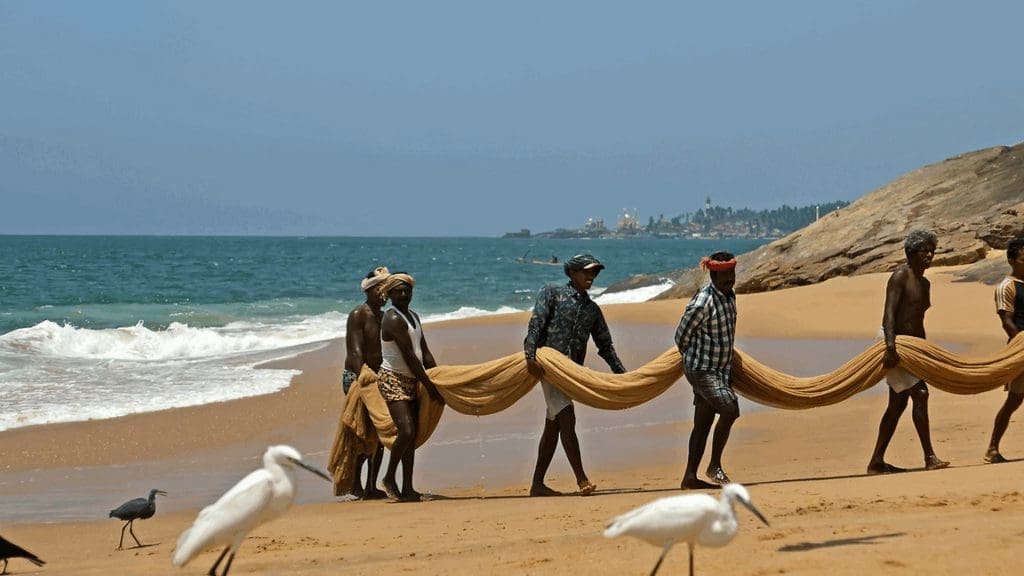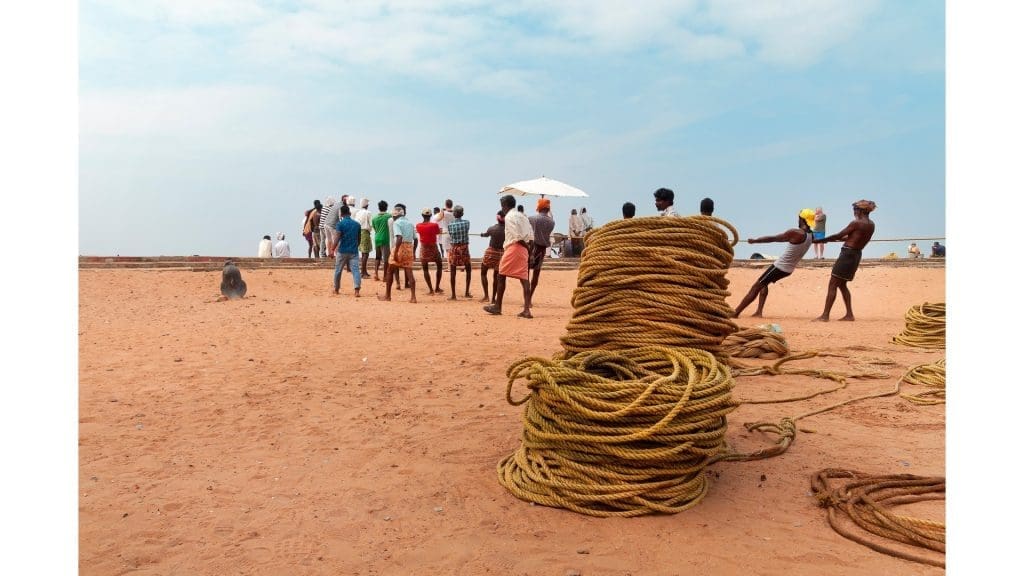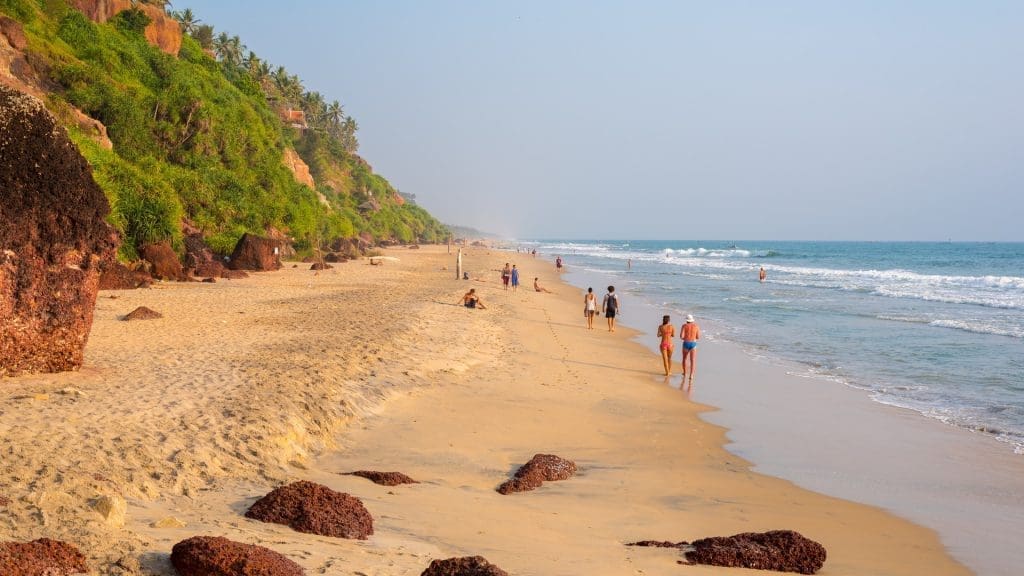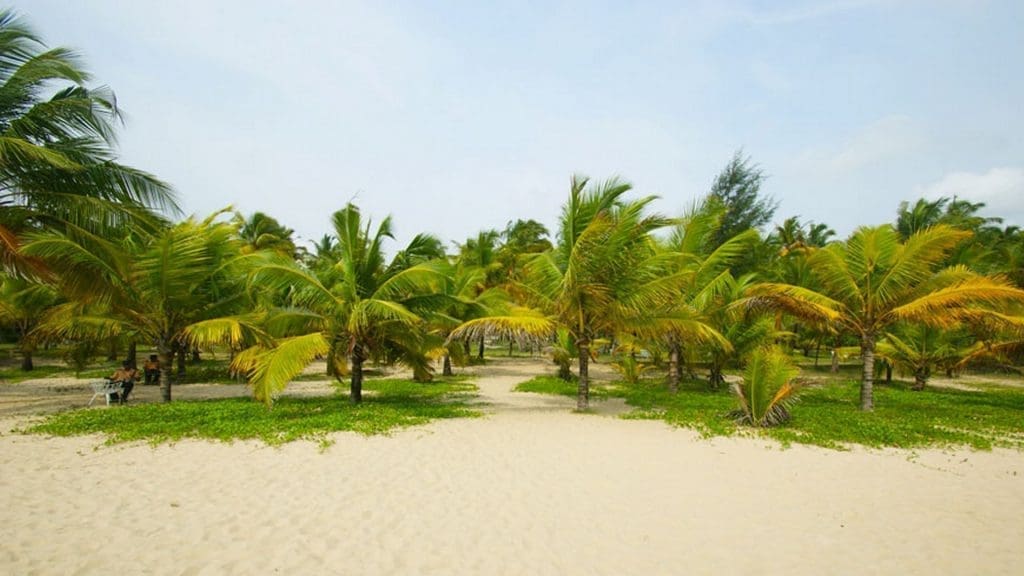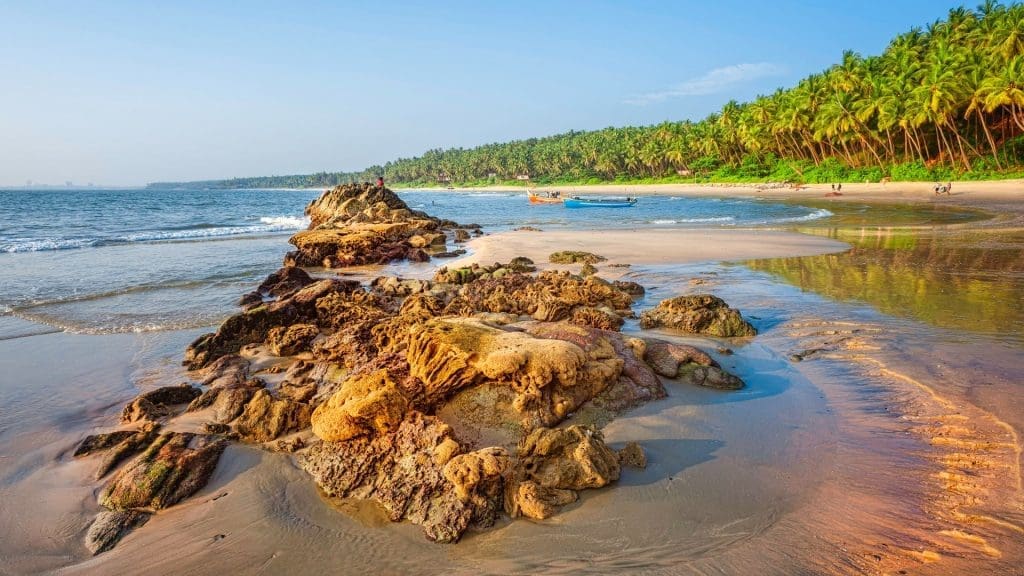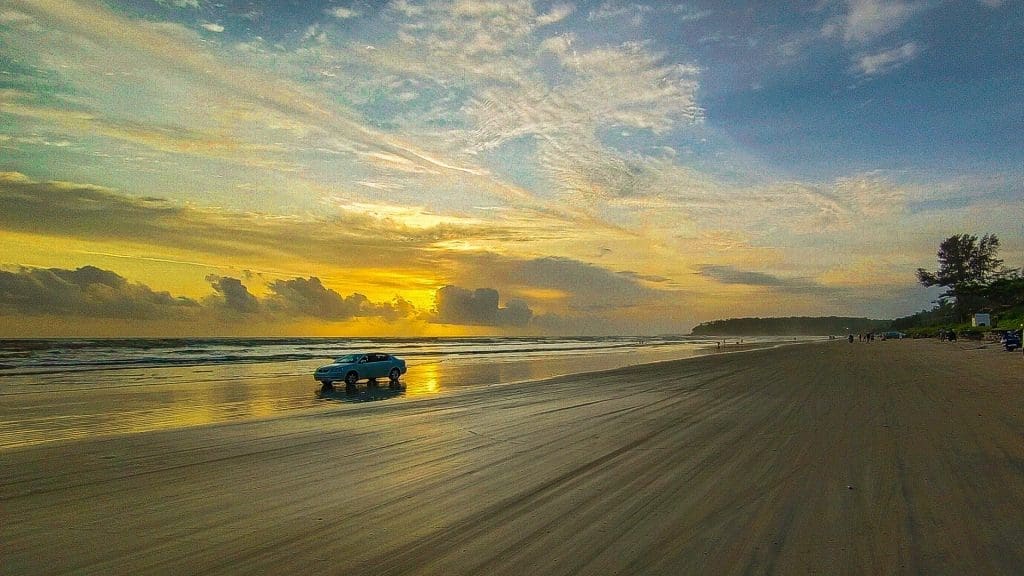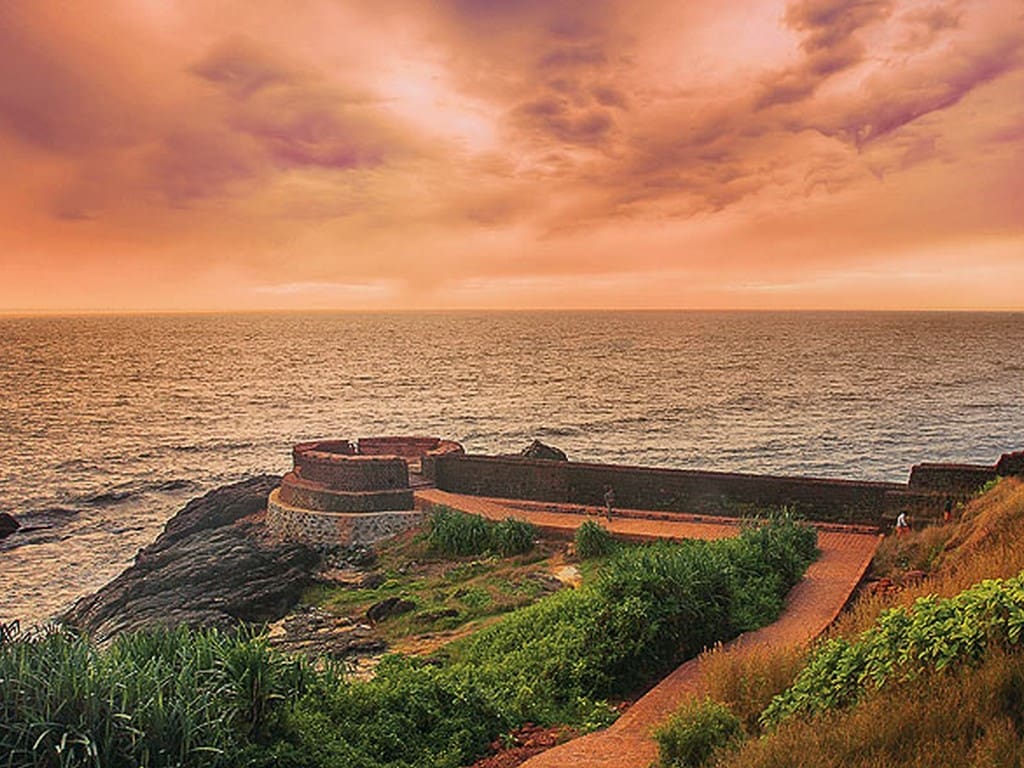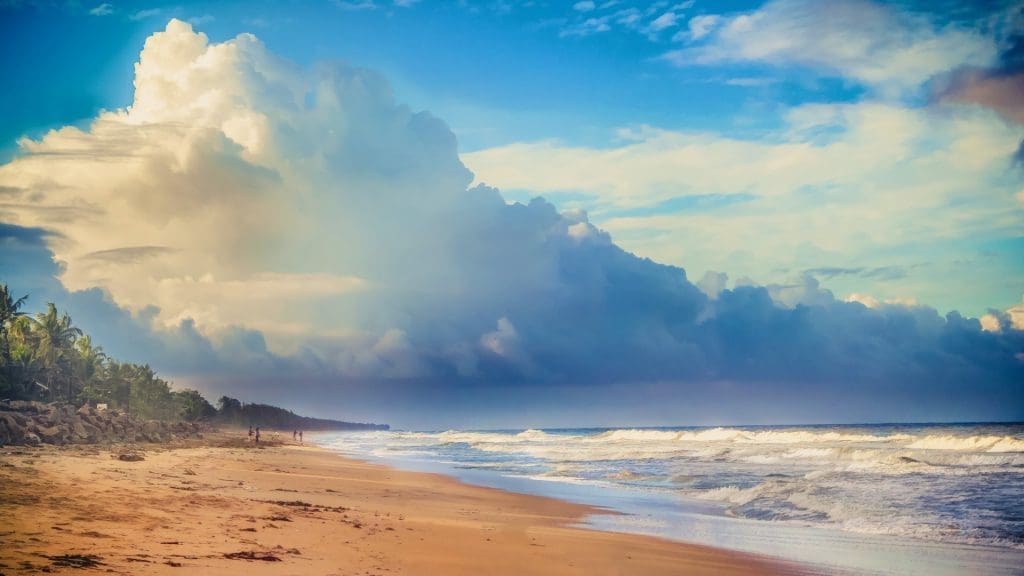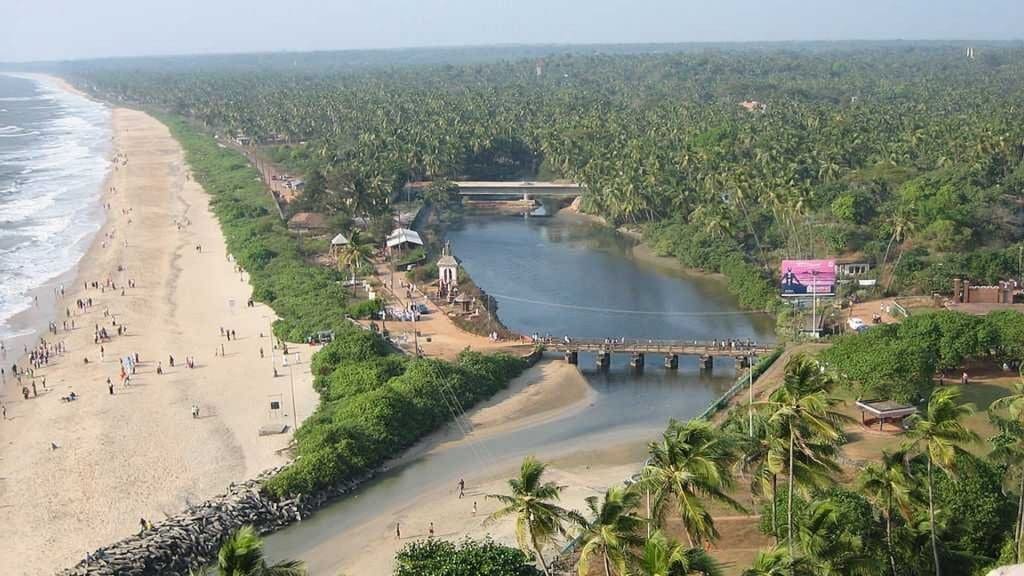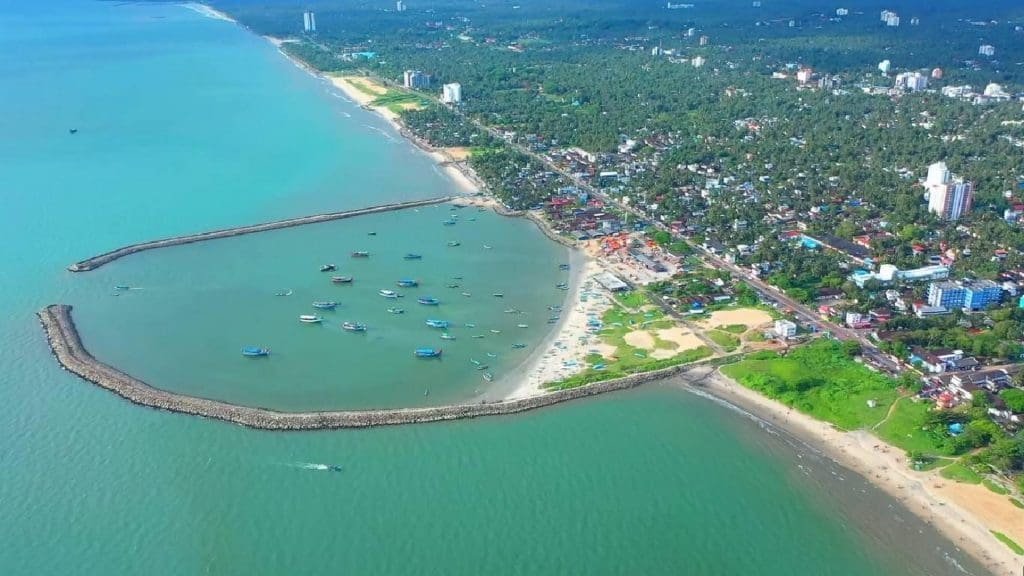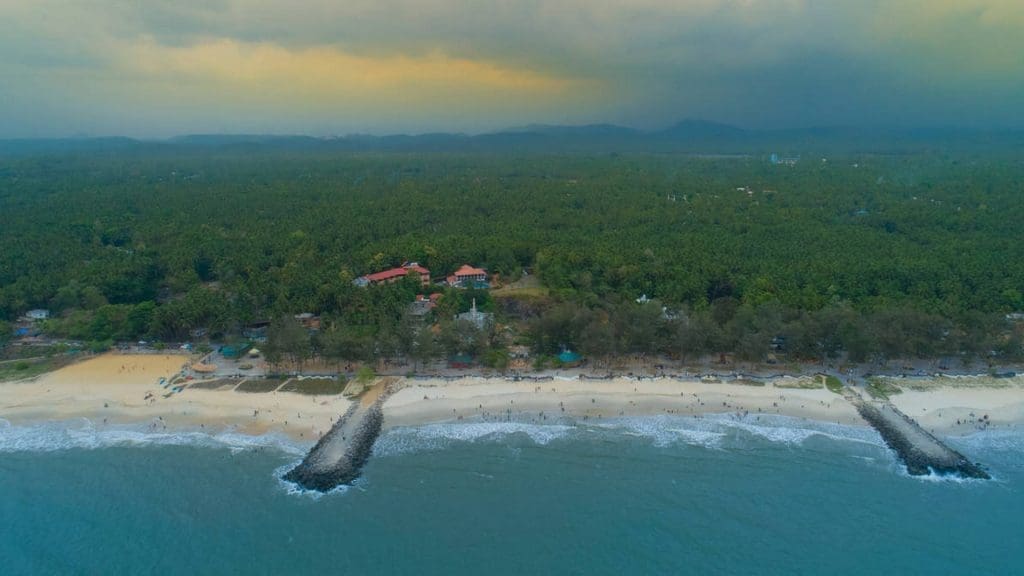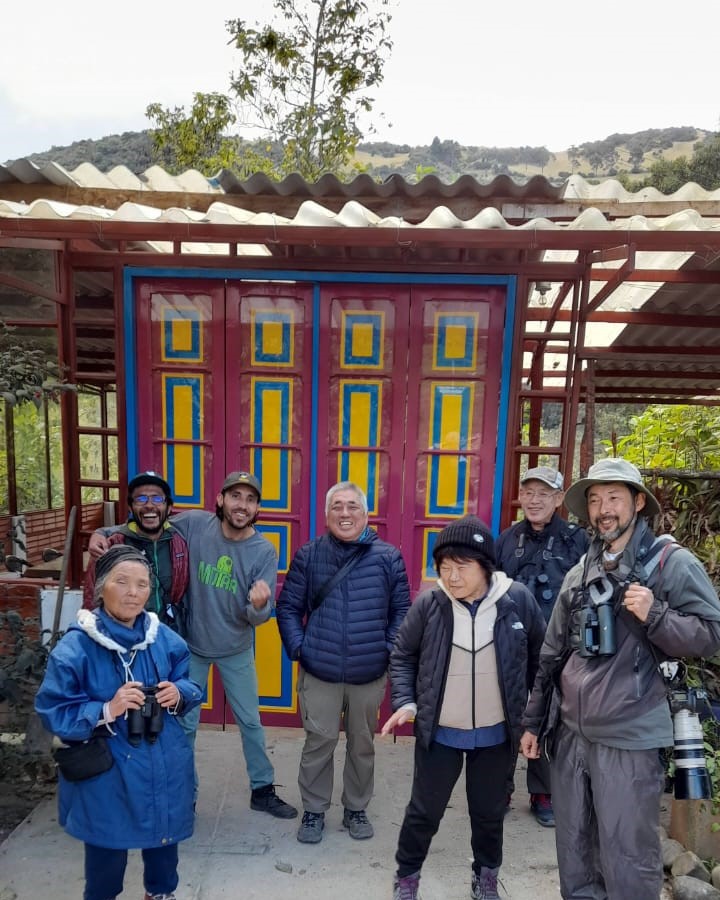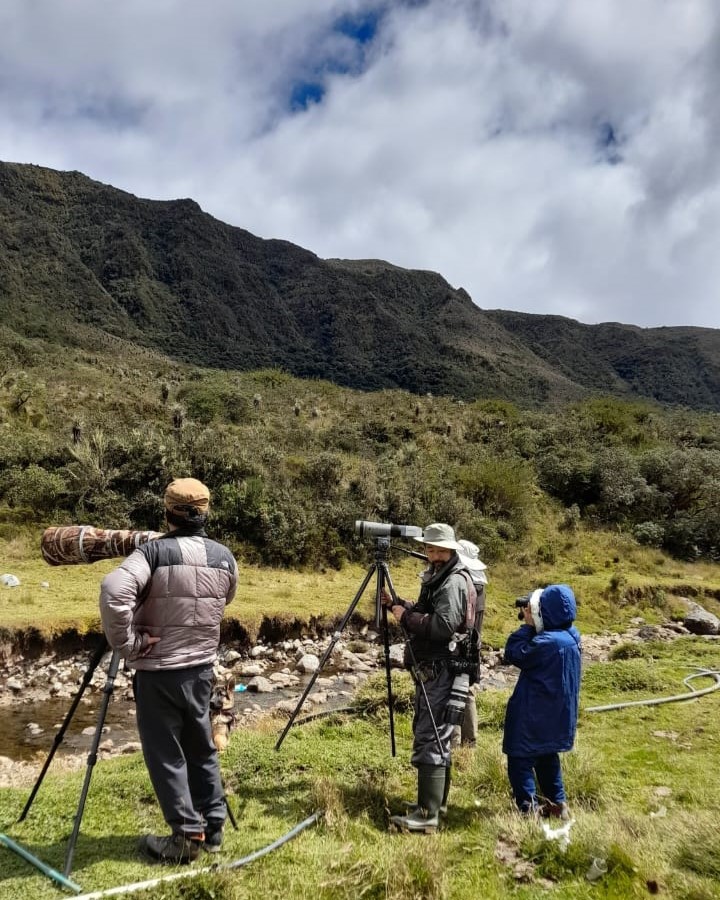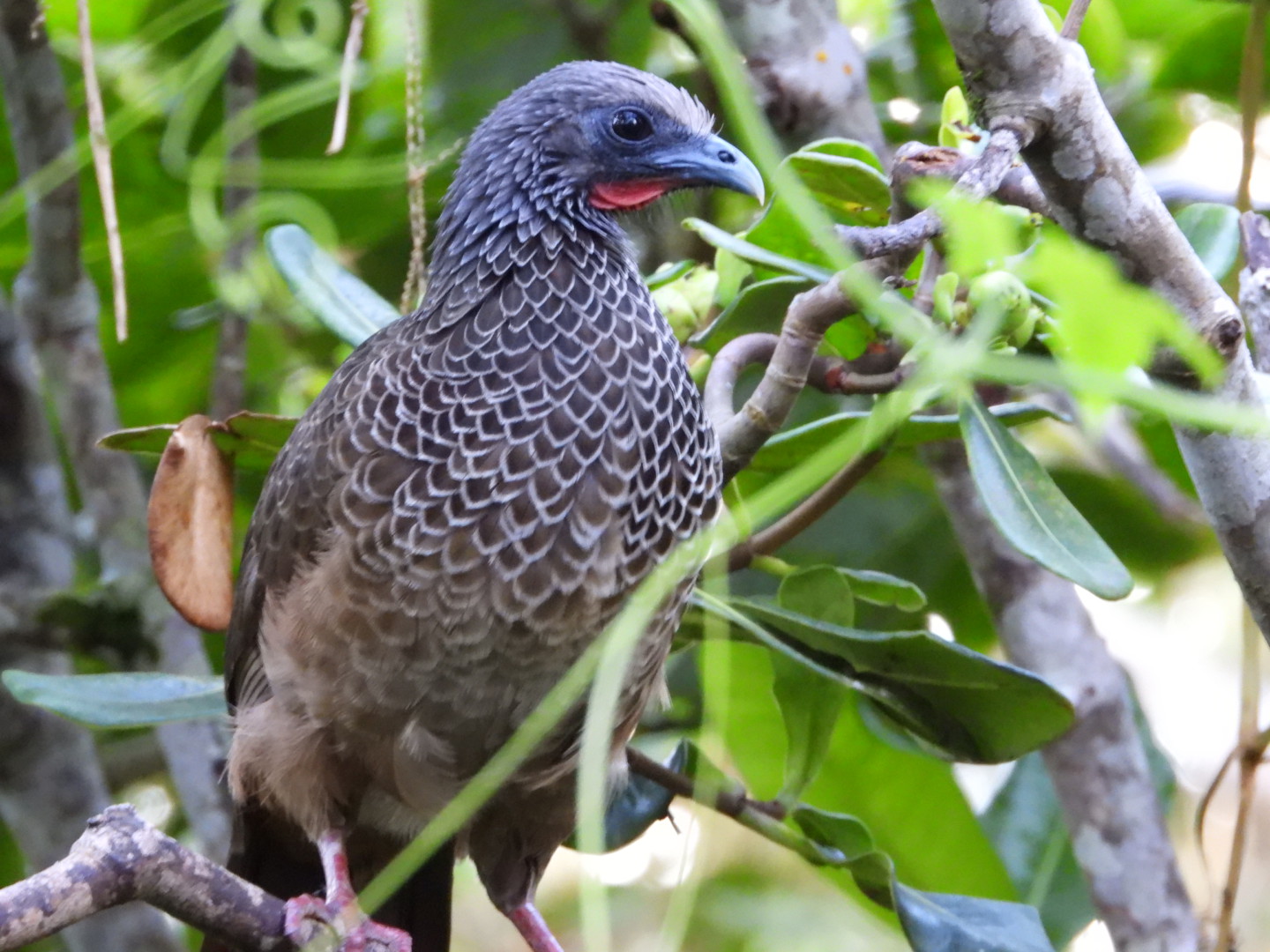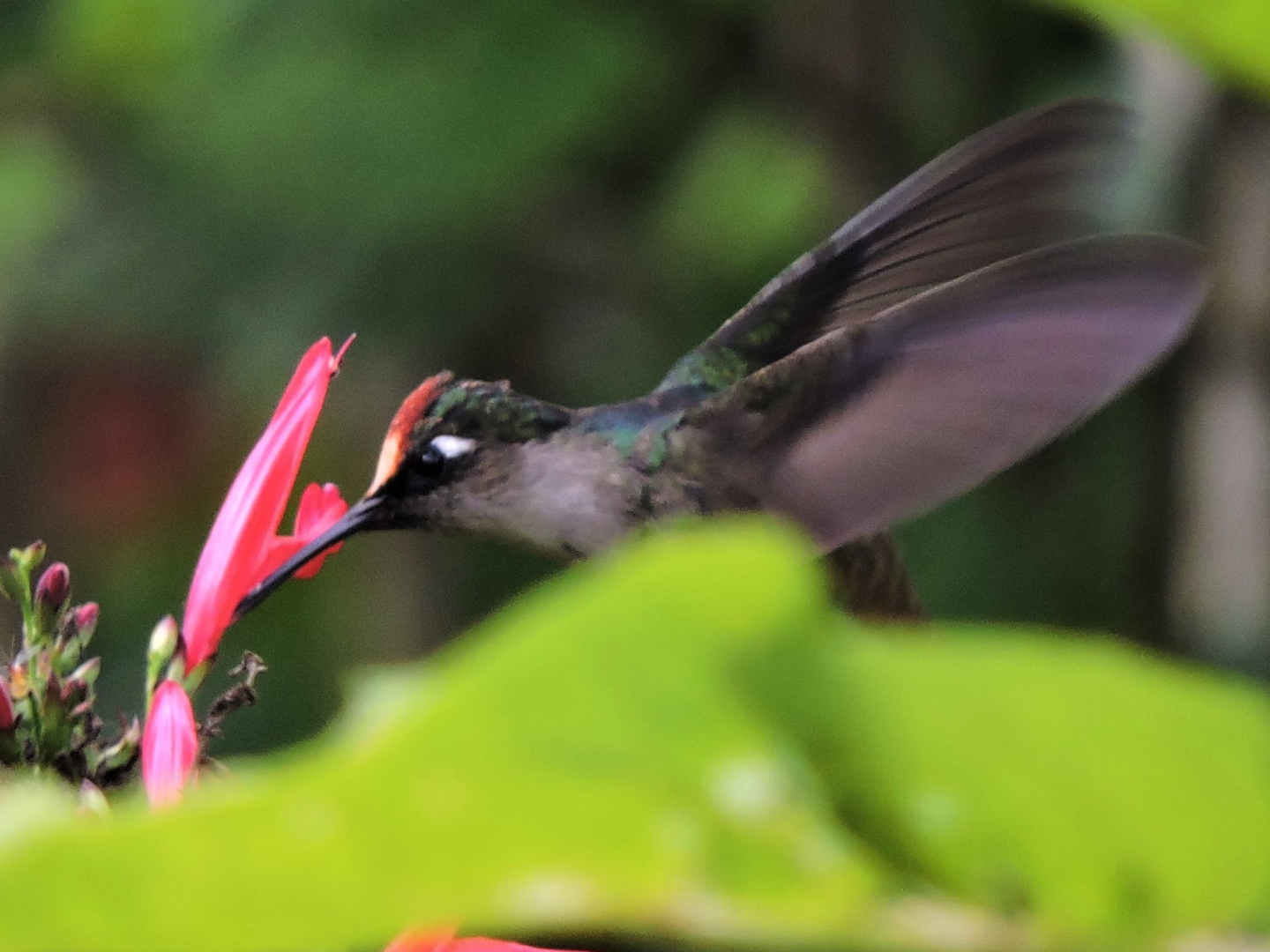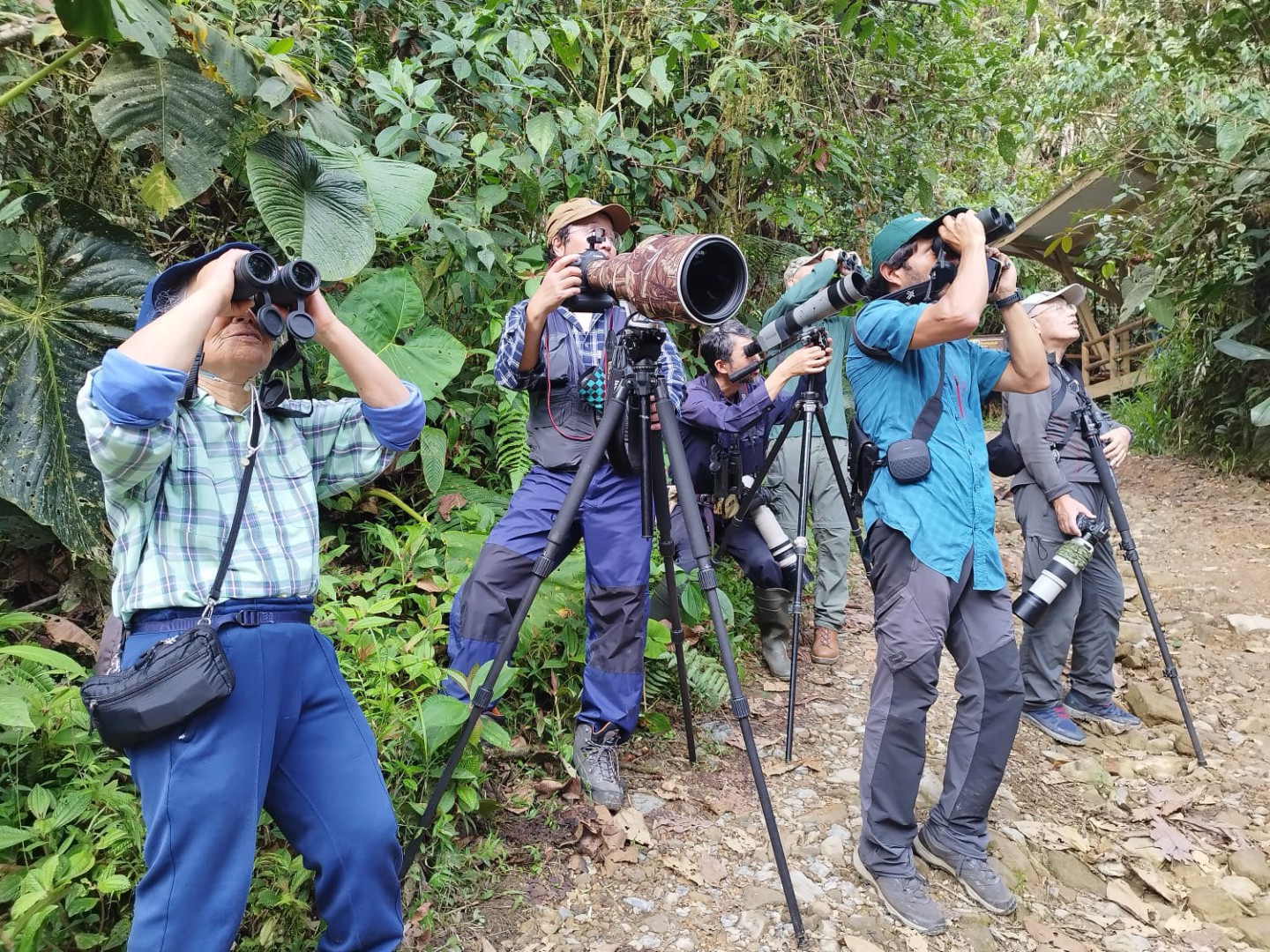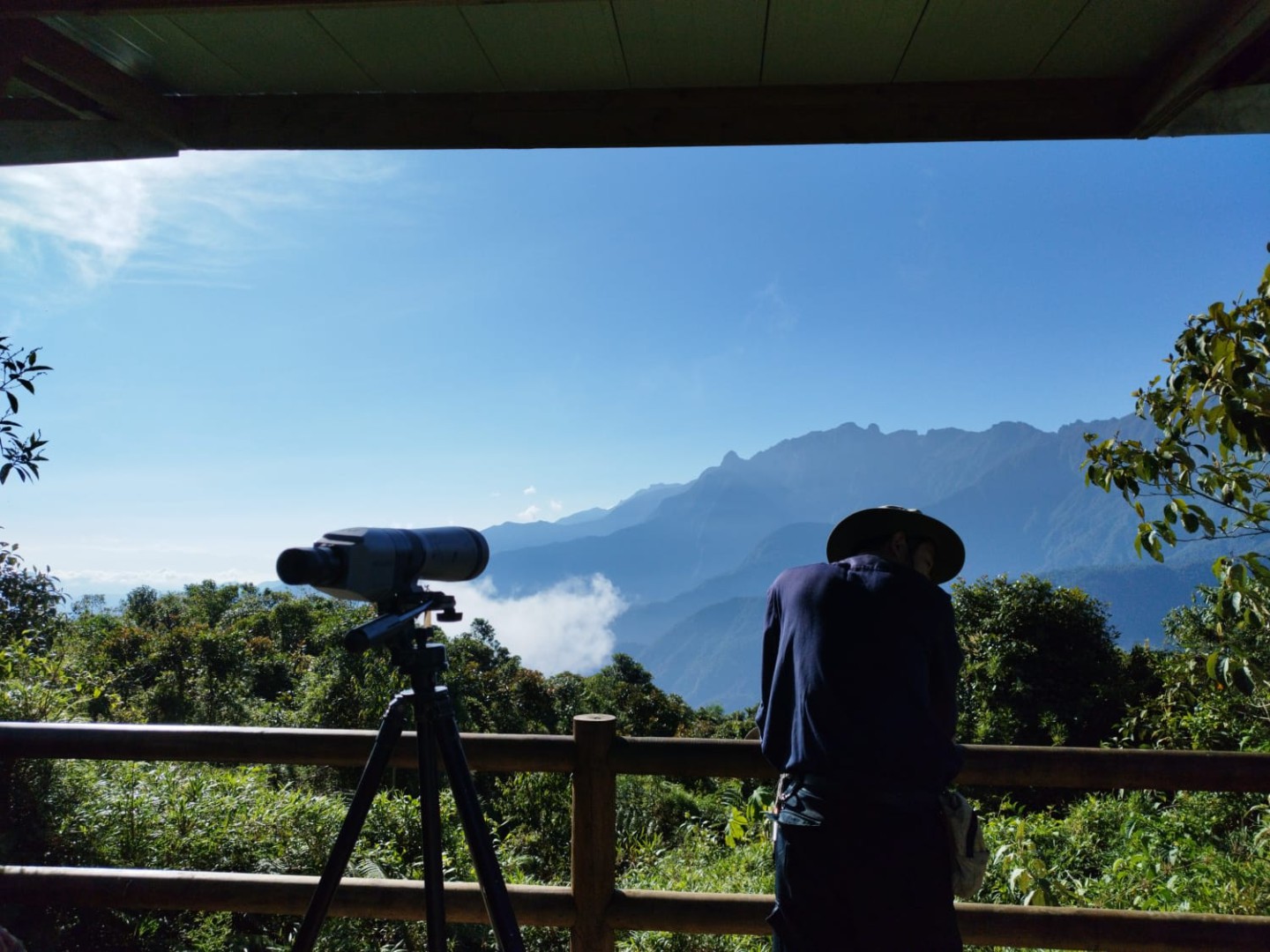Badlands National Park is known for its unique rock formations. You will also find prairie land, bison, and a prairie dog town. You are excited to visit Badlands National Park and want to know the best time of year to visit, where to stay, what not to miss, and where to eat. Researching the best things to do while visiting Badlands National Park while working full time is overwhelming, and you don’t have hours to spend on the internet. Save time and plan an unforgettable trip full of top activities with this Badlands National Park travel guide.
READ Mount Rushmore National Memorial Travel Guide for First Time Visitors

Plan your visit with this Badlands National Park Travel Guide
Where is Badlands National Park
Badlands National Park is 242,756 acres of the Northern Great Plains located in the Southwest corner of South Dakota off I-90. The nearest city is Rapid City, South Dakota.
How to Get to Badlands National Park
Visit Badlands National Park as part of a road trip, or fly into Rapid City Regional Airport, rent a car, and drive one hour east. There are three entrances to the park: the Pinnacles Entrance (enter from the west), the Interior Entrance (enter from the south), and the Northeast Entrance (enter from the east). There is no public transportation in Badlands National Park.
Badlands National Park Entrance Fees and Park Hours
Badlands National Park is open 24 hours every day, year-round. A standard park pass is $30 for 7 days. If you are visiting several parks over a year, consider purchasing the America the Beautiful Pass for unlimited access to all of the U.S. National Parks.

How Many Days Do I Need at Badlands National Park
One day is enough to experience the highlights of Badlands National Park.
Accommodation in Badlands National Park
There are two campgrounds at Badlands National Park: Cedar Pass Campground and Sage Creek Campground. Backcountry permits are also available at the Ranger Station. Boondocking is available at Nomad View and Steer Pasture Overlook. Cedar Pass Lodge has cabin rentals inside the park boundaries.
I visited Badlands National Park on a day trip from Mount Rushmore. I stayed at the Powder House Lodge in Keystone and loved the property and restaurant.
Facts About Badlands National Park
The Badlands were established as a national monument in 1929 and designated as a national park in 1978.
Approximately 1 million people visit Badlands National Park each year.
The name Badlands comes from the Lakota, who first called it “mako sica”, or “land that is bad”.
Badlands National Park has one of the densest collections of fossils in the world.
Bison, prairie dogs, and bighorn sheep live in the Badlands.
The Oglala Lakota tribe lives in the South Unit of the Badlands; it is sacred land.
Best Time of Year to Visit Badlands National Park
Fall (August – November) is the best time to visit the Badlands. Summer (June, July, and August) is the busiest time of year at Badlands. Summer is very hot in the Badlands, expect temperatures reaching 100F. Thunderstorms and tornadoes are possible in the summer months. Spring brings rain, hail storms and wind gusts up to 50 mph. Winter temperatures can be below freezing with snow cover.
Where to eat at Badlands National Park
Cedar Pass Lodge & Café is the only restaurant within the park, it is next door to the Visitor Center. Alternatively, bring a picnic lunch with you. There are several food options in nearby Wall.

Things to Do at Badlands National Park
Best Viewpoints in Badlands National Park
Sunrise: Door Trail, Big Badlands Overlook, Pinnacles Overlook, Panoramic Point.
Sunset: Conata Basin Overlook, Hay Butte Overlook, Pinnacles Overlook.
Popular Trails and Hikes at Badlands National Park
Cliff Shelf Nature Trail: .5 mile loop
Notch Trail: 1.3 miles RT
Window Trail: .25 miles on a boardwalk
Door Trailhead: .25 miles on a boardwalk
Saddle Pass Trail: .5 RT, strenuous
Castle Trail: 10 miles RT
There are three main cycling routes in the park: Sage Creek Loop (21 miles), Northeast-Big Foot Loop (27 miles), and Northeast Loop (17 miles).

How to Spend the Perfect Day in Badlands National Park
Drive the Badlands Loop Road Scenic Drive stopping at the 12 overlooks along the way. Do not miss: Big Badlands Overlook, Cedar Pass, Norbeck Pass, Panorama Point, Conata Basin Overlook, Yellow Mounds Overlook, or Pinnacles Overlook.
Hike the Notch Trail 1.3 mile RT through a canyon
Drive Sage Creek Rim Road to Hay Butte Overlook and Roberts Prairie Dog Town
Stop by Wall Drug on your way out of the park for a few souvenirs and snacks
Things to Do Near Badlands National Park
Mount Rushmore National Memorial
Deadwood South Dakota
Custer State Park and Needles Scenic Drive
Wind Cave National Park
Black Hills National Forest
Tips for Visiting Badlands National Park
Badlands is an open hike park; you can hike off-trail anywhere inside the park.
The Badland formations are more fragile than they appear; stay away from the edge.
Remember, you must climb down from what you climb up, and the rocks can be slippery.
Watch for rattlesnakes on trails.
Do not feed the prairie dogs.
Don’t rely on cell phone service; download the park map from the National Park Service app in advance.
This park has very little shade; pack sunscreen, a hat, a reusable water bottle, and bug spray for this trip.
Temperature changes are rapid; dress in layers.
On-leash dogs are allowed in the campgrounds and picnic areas.
Toilets are located at Door/Window/Notch Trail, Fossil Exhibit Trail, the visitor center, and Pinnacles Overlook.
The Badlands Trading Post has a Conoco gas station and a convenience store.
It is illegal to remove anything from National Park land; if you find a fossil, tell a ranger.
Horseback riding is allowed anywhere in the Badlands except on marked trails, roads, and developed areas.
Wildlife is wild; by law you must stay at least 100 yards from bears and wolves and 25 yards from all other animals (bison, elk, pronghorns, and moose).
Practice Leave No Trace Principles
Purchase an America the Beautiful Pass and keep exploring National Parks
Check the National Park Service for upcoming festivals, special events, and what’s happening during your stay.
Bookmark and Pin Badlands National Park Travel Guide for First-Time Visitors


Booking Resources for Badlands National Park
Badlands National Park Travel Guide Books
Pick up a Badlands National Park Travel Guide from Amazon.com to browse on the plane.
Book Your Accommodation in Badlands National Park Now
Spending the night? Search Booking.com and VRBO in one place to find the perfect property!
Badlands National Park Attractions and Day Tours
The best attractions sell out! Don’t chance it, get your tickets now and relax when you arrive.
Travel Essentials
Need a universal travel adaptor, power bank charger, or packing cubes? Save time at my Amazon shop and have travel essentials delivered to your home.
Have a great vacation!
